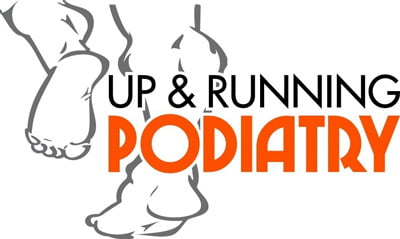If Game of Thrones has taught us anything about winter it’s that we need to prepare…luckily for us though it’s not 7 seasons worth of an imminent approaching winter, we’ve only got to get through 90 days. Whether you’re waiting on the train platform, gearing up for the morning cycle or trying to decide between shorts or long compression for the frosty morning run, there’s no denying winter is truly upon us.
Winter warmth, where your feet are concerned, has its own struggles- extra layers… extra layers jammed into shoes making them tight, sweaty feet…sweaty feet that lead to the ‘please don’t make me remove my shoes’ smell (yeah, we know you know it)… so what do you do when the temperature drops?
1) Avoid synthetic materials in your socks such as nylon or mixed blends. Try to stick to cotton or wool where possible, these materials will also help with warmth and breathability, ensuring a good balance of comfort without the sweat. If you need a tad more, you could consider a technical sports sock such as steigen, lightfeet or experia.
2) Check your shoes. In winter we know we generally will wear a thicker sock and after coming out of the sizzling summer where we likely danced around in thongs and sandals our feet don’t generally cope all too well when they’re compressed again. Making sure you’ve got adequate ‘wiggle’ room around your toes will help to avoid involuted nails from pressure, corns and inter-digital maceration
3) Keep an eye out for circulatory signs such as purple/blue, white or red toes or tender, itchy, blister looking lesions on the ends of your digits. These could indicate circulatory conditions such as chilblains a symptoms of Raynaud’s phenomenon. This is generally more of a nuisance rather than a serious medical condition. It’s important that you keep extremities warm or consistently at a similar temperature. If the lesions become tender or break the skin, it’s advisable to seek medical or podiatry services.
4) Consider the use of anti-perspirant creams to reduce the amount your feet sweat. There are a range of products on the market that can help achieve this from creams to foot soaks. This can be beneficial if you are finding that your feet are becoming odorous from excessive moisture or that the skin is becoming macerated between your digits. These can be used for long and short term periods.
5) To avoid having to wear socks to bed, heat up a wheat pack before you go to bed and place it under the blankets where your feet would stay. This is a great easy way to warm up the bed and avoid the excess layers or heated blankets.
